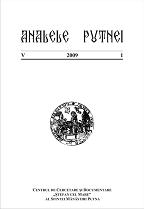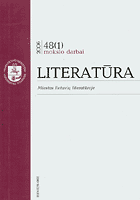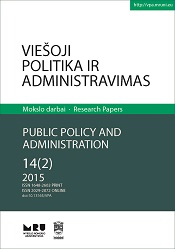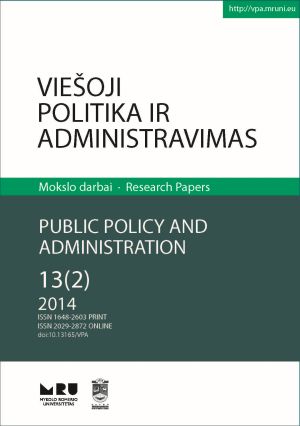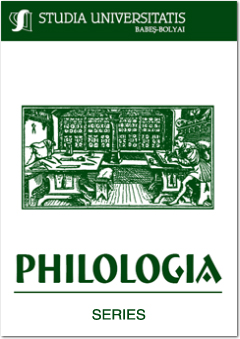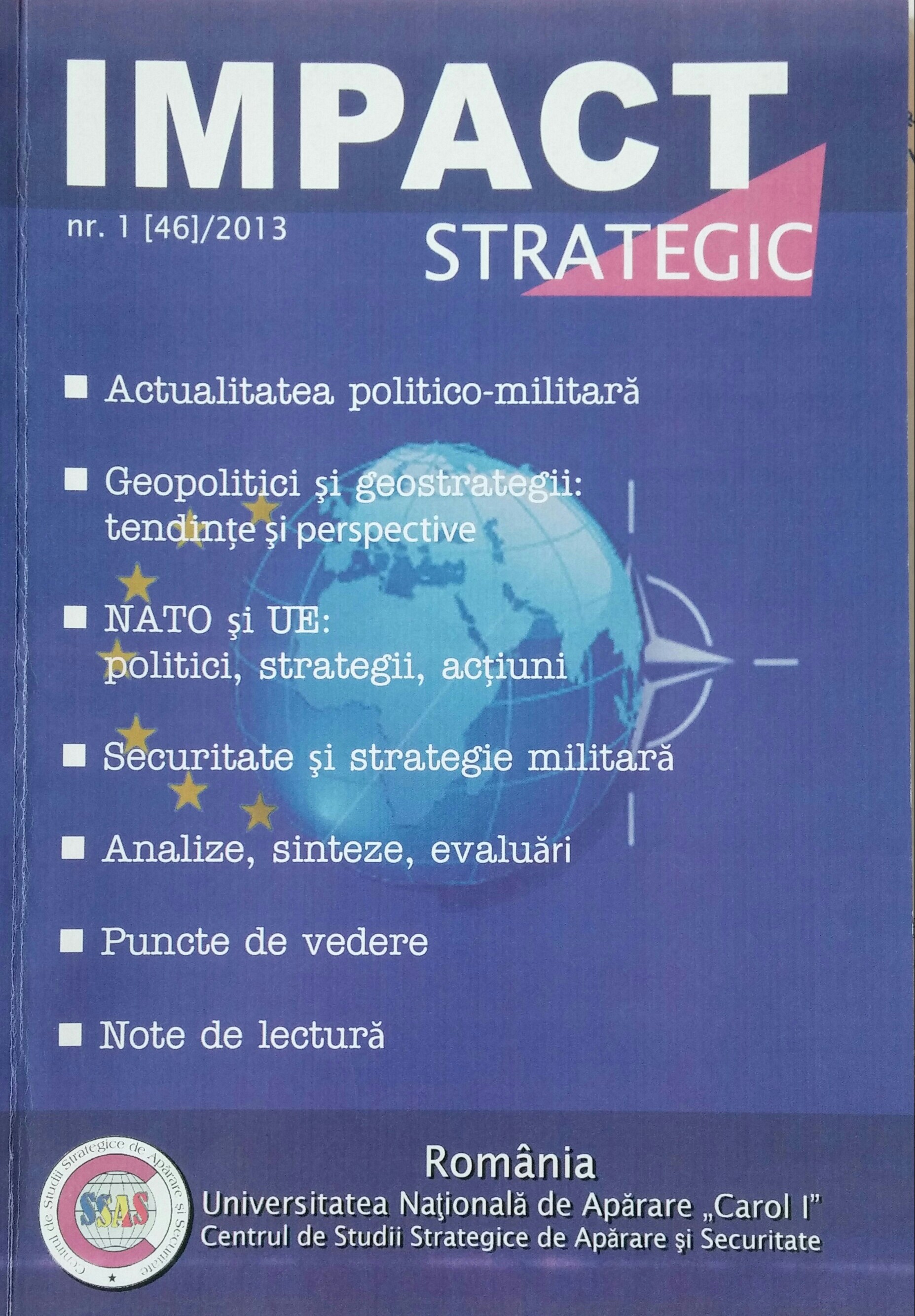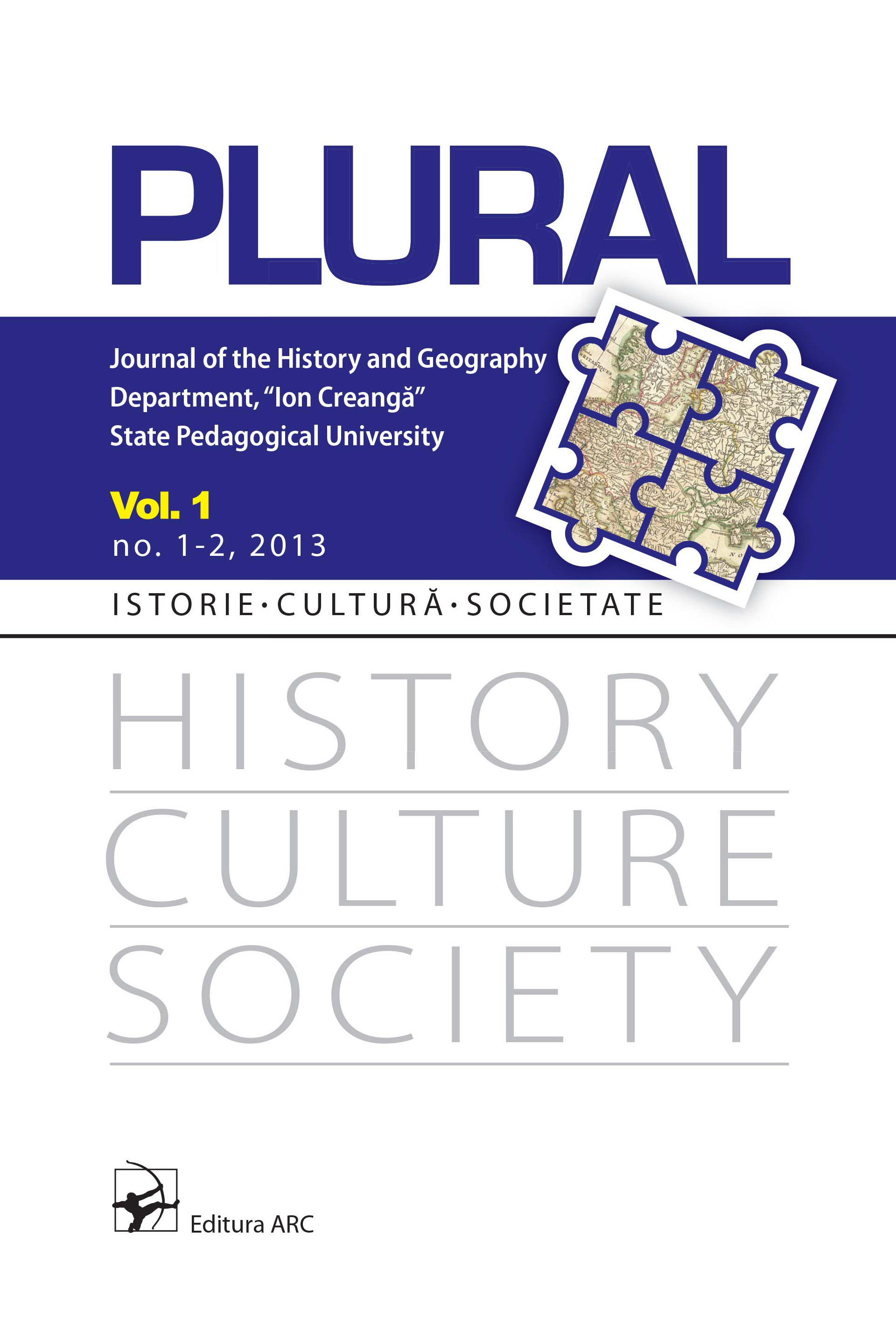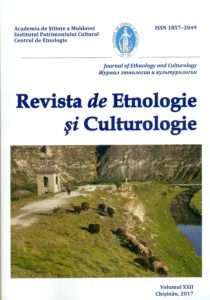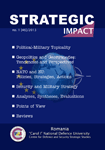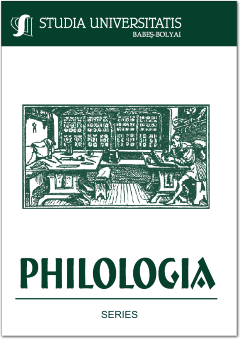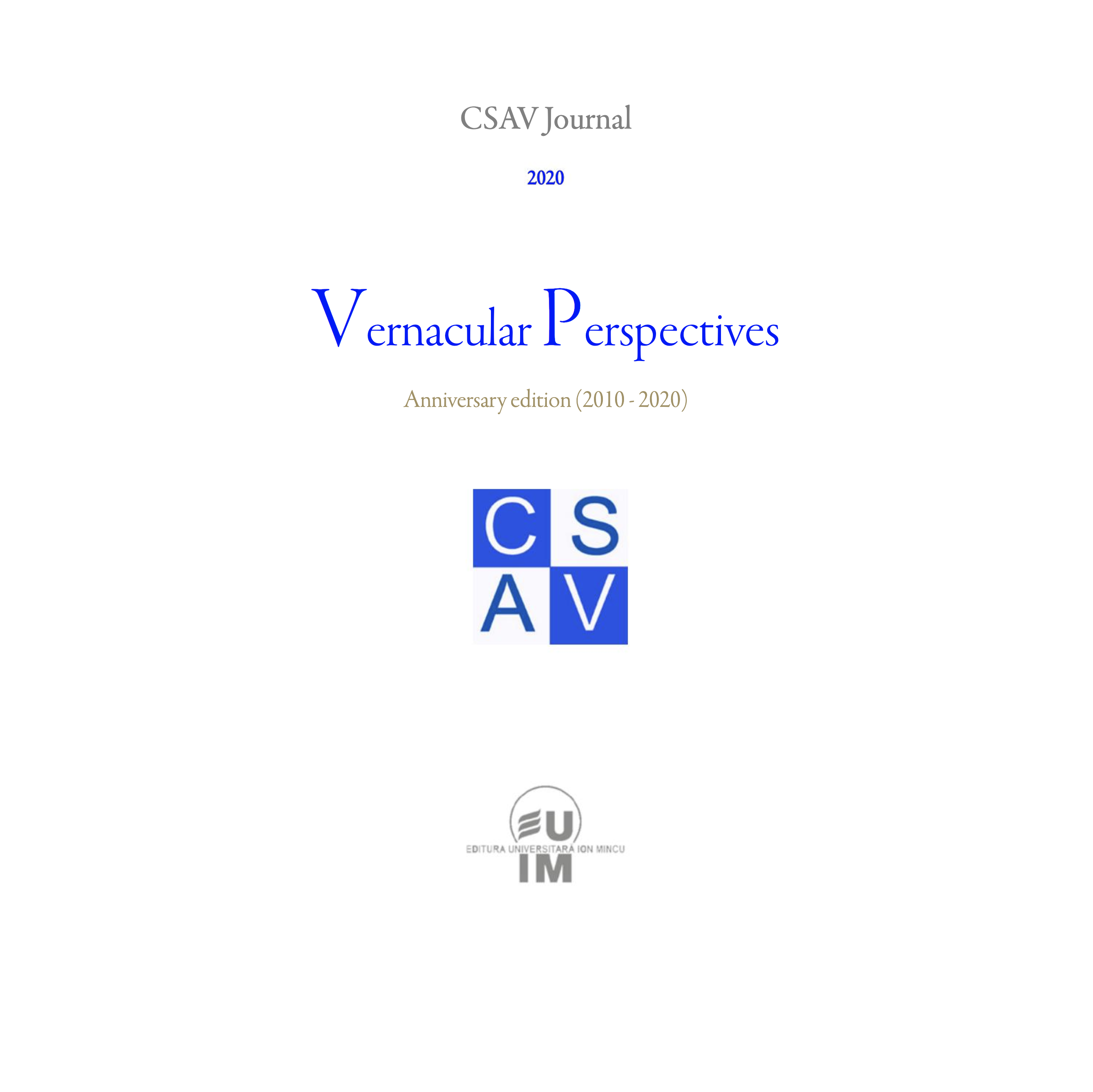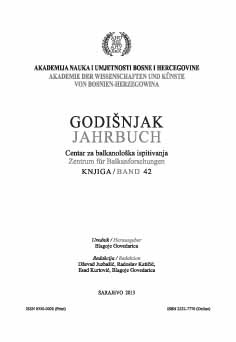
Romanization of the western Illyricum from religious point of view
Romanization of the western Illyricum from religious point of view
Nema jedinstvenog sustava religija na ilirskim područjima. Većina narodnosno i povijesno afirmiranih etnija imaju svoja vlastita međusobno znatno različita božanstva, a neki i razvijenije sustave. Tipičan primjer su Liburni i Delmati. Liburni su imali različita lokalna božanstva u najvažnijim naseljima (Nedinum, Corinum Asseria, Aenona itd.). Zajednička im je karakteristika da su to samo ženska božanstva koja se po vjerskom i ikonografskom sadržaju međusobno razlikuju. Po tome su Liburni srodni Histrima. Naprotiv, južni susjedni narod – Delmati imaju drugačiji, ali najrazvijeniji religijski sustav u kojemu su Silvan i Dijana glavna božanstva i koji je nastao na središnjem dalmatinskom prostoru u predrimskom razdoblju. Sastavni dijelovi te religije su Nimfe (Fontanae odnosno Silvestrae, tj. vodene, odnosno šumske), koje su pomoćnice i donositeljice različitih prirodnih pogodnosti i bogatstava. Ikonografija se Silvana razvila u Saloni i otud proširila na druge dijelove Dalmacije. U formiranju ikonografije ulogu je odigrao lik grčkog Pana koji je Silvanu samo sličan, ali ne i identičan. Italski Silvan, kako u religijskom sustavu, tako i ikonografskom obliku, nema nikakve veze s religijom u Dalmaciji. Posebno je važan natpis iz Klapavice blizu Klisa koji u rimski religijski sustav (Jupiter) uvodi dva Silvana s dvije različite skupine Nimfa. Dva Silvana s dvije skupine Nimfa javljaju se na reljefu iz Careva polja kod Jajca u Bosni i Hercegovini, što je potvrda klapavičkog natpisa. Nimfe nisu Dijanine nego Silvanove pomoćnice koje djeluju plešući na Silvanovu glazbu (siringa). One također imaju svoju božansku bit (numen). Pojavu Silvanove religije izvan središnjeg dalmatinskog dijela Ilirika treba tumačiti kao utjecaj toga područja. U unutrašnjosti rimske Dalmacije neki su narodi bili pod delmatskim utjecajem, a neki su razvili svoja lokalna božanstva, ali ne i sustave. U južnoj Dalmaciji, kako primorskoj, tako i unutrašnjoj, nema religijskog sustava, a predominira žensko božanstvo (Diana), bez pratnje Nimfa.
More...
